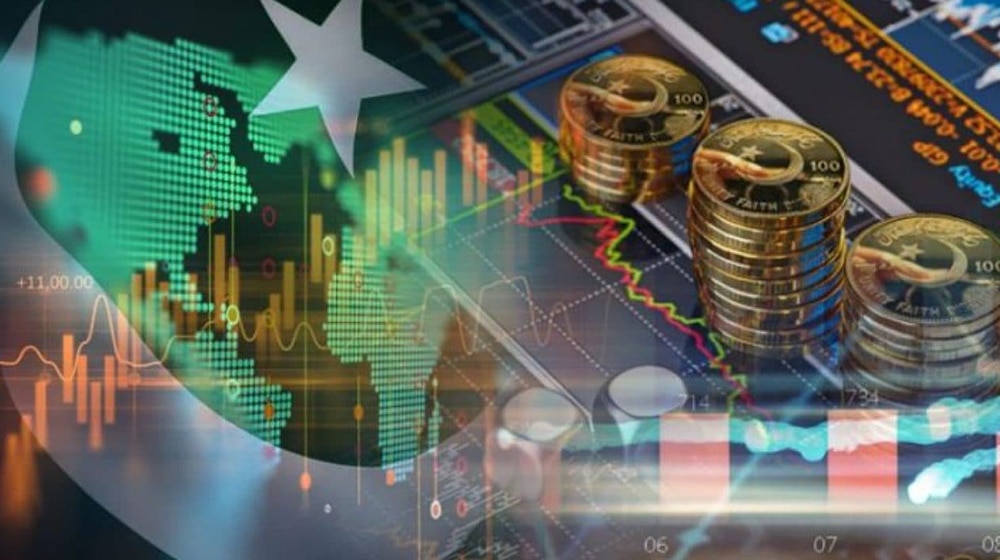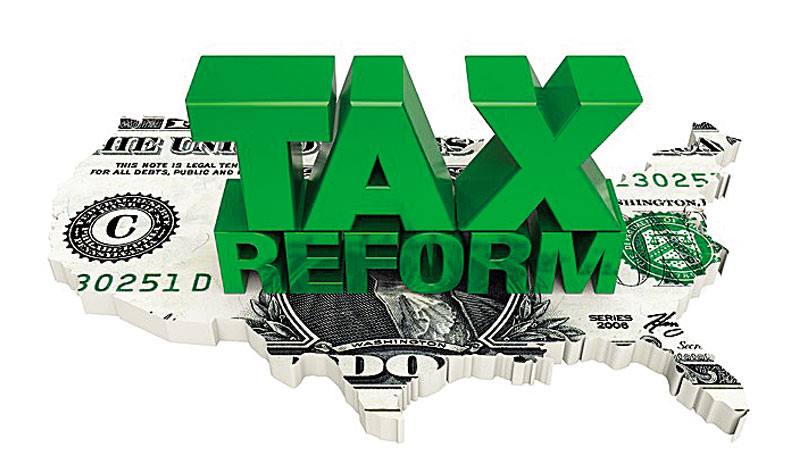Zafar Iqbal
Finance Minister Muhammad Aurangzeb recently declared that export-led growth is Pakistan’s only way forward. At face value, this seems reasonable—after all, many developing countries have successfully grown by boosting exports. But the truth is far more complicated, and Aurangzeb’s statement reflects an outdated view that ignores Pakistan’s current economic realities.
Export-led growth is a familiar concept. Countries like China, South Korea, and Vietnam have thrived by building strong export industries supported by modern infrastructure, competitive manufacturing, and integrated supply chains. Pakistan, however, has traditionally exported what it has in surplus rather than producing goods designed to compete globally. This key difference means Pakistan’s export base remains weak and vulnerable.
Another overlooked fact is the growing importance of remittances. Money sent home by overseas Pakistanis has, at times, exceeded export earnings. Unlike exports, remittances do not rely on importing raw materials or machinery, making them a cleaner source of foreign exchange. Yet remittances receive far less policy focus, while exports continue to be pushed despite their embedded costs.
Pakistan’s export sectors heavily depend on imported inputs. For example, textiles require imported machinery, dyes, and chemicals. When the government incentivizes exports through subsidies or tax breaks, imports rise as well, leading to a widening trade deficit. This recurring pattern has dragged Pakistan into 24 IMF programs over the years, each time reflecting the failure to break this cycle.
The latest data underscores this challenge. After a brief period of trade surplus—largely due to administrative controls rather than competitiveness—the trade deficit has again widened. From July to April last fiscal year, the deficit was $19.6 billion; this year, it has grown to $21.35 billion. Meanwhile, foreign exchange reserves remain precarious, projected at $14 billion by fiscal year-end, but this includes $16 billion in rollovers from friendly nations, essentially borrowed funds that cannot be counted on long term.
The IMF’s October 2024 review sharply criticized Pakistan’s economic policies. Government interventions like price controls, subsidies, and protective tariffs have distorted markets, hindered competition, and trapped resources in inefficient “infant” industries. Despite years of support, these sectors have failed to become engines of growth.
Paradoxically, while government officials—including the finance minister and State Bank governor—have pledged to avoid market-distorting incentives and ensure a level playing field, exporters and industrial lobbies continue to demand more tax breaks and subsidies ahead of the new budget. This cycle of rent-seeking undermines any meaningful reform.
The core problem remains Pakistan’s uncompetitive productive base. Without real reforms to increase efficiency, foster innovation, and build globally competitive industries, export incentives alone will not yield sustainable growth.
What Pakistan truly needs is a fresh economic vision focused on:
- Building industries that produce for global demand, not just local surpluses
- Diversifying exports beyond traditional sectors like textiles and agriculture
- Developing local supply chains to reduce dependence on imported inputs
- Encouraging and formalizing remittance flows as a vital foreign exchange source
- Creating a transparent, fair regulatory environment that rewards competition, not connections
In short, Pakistan must transition from a subsidy-dependent, rent-seeking economy to one driven by productivity and market forces. This requires embracing difficult reforms rather than relying on short-term fixes.
Minister Aurangzeb’s emphasis on export-led growth is not misguided, but it is dangerously incomplete. Without addressing the structural weaknesses in Pakistan’s economy, pushing exports will remain a costly gamble with limited returns.
It’s time for policymakers to break the cycle, move beyond outdated models, and build an economy capable of delivering real, lasting prosperity.














